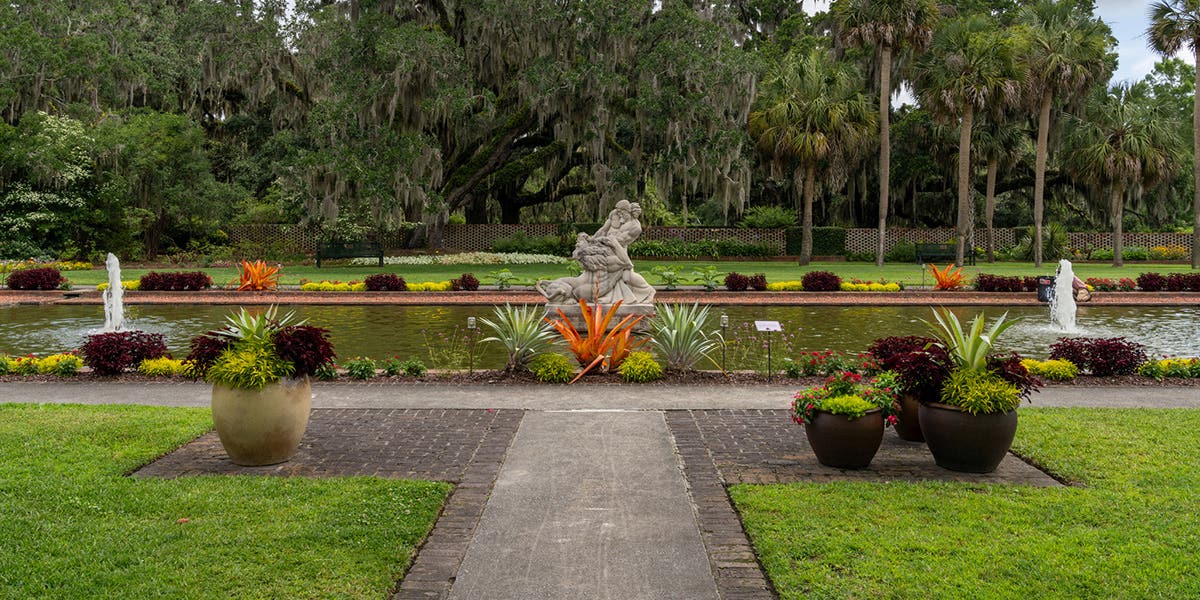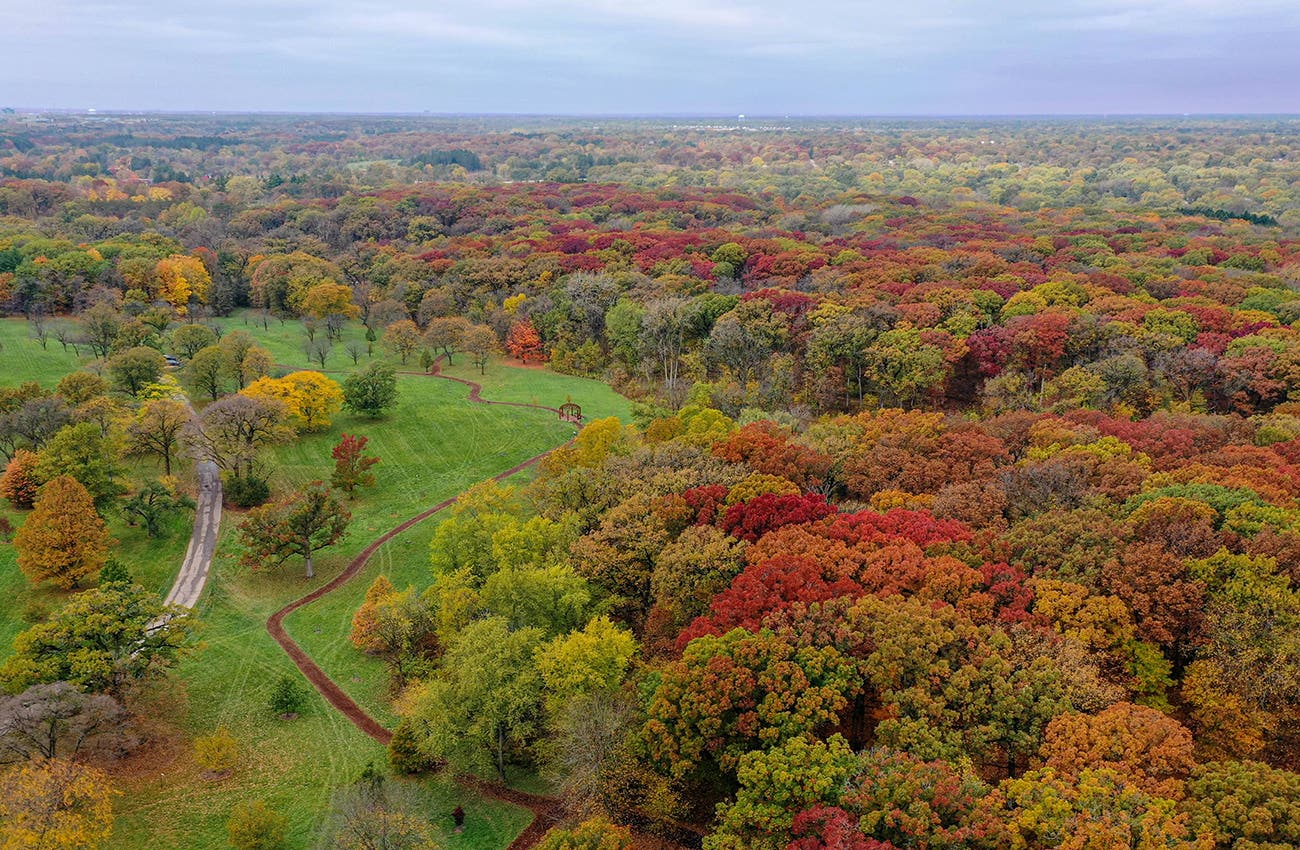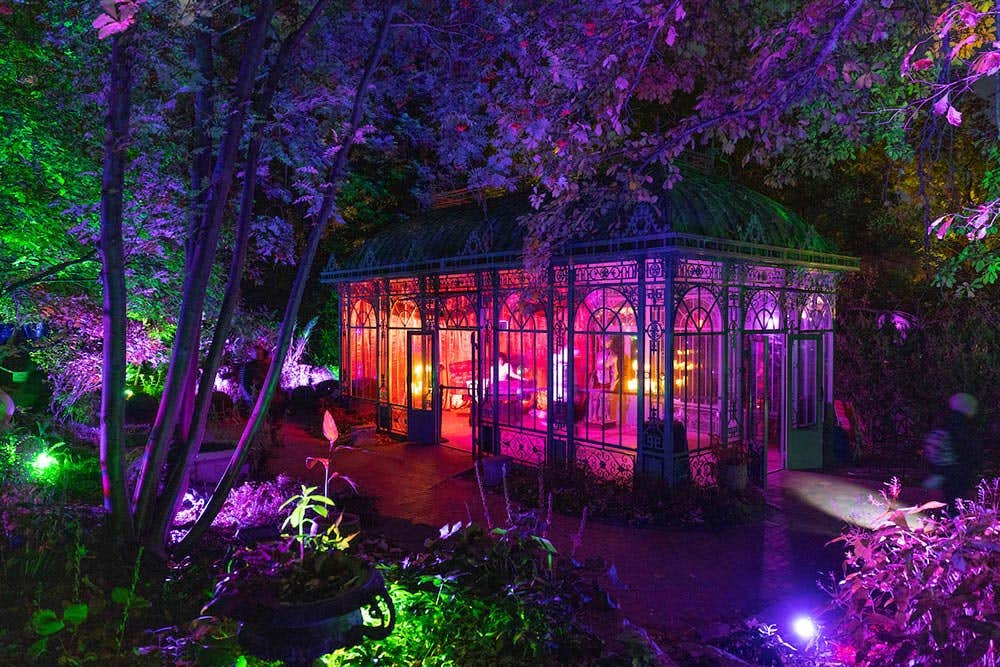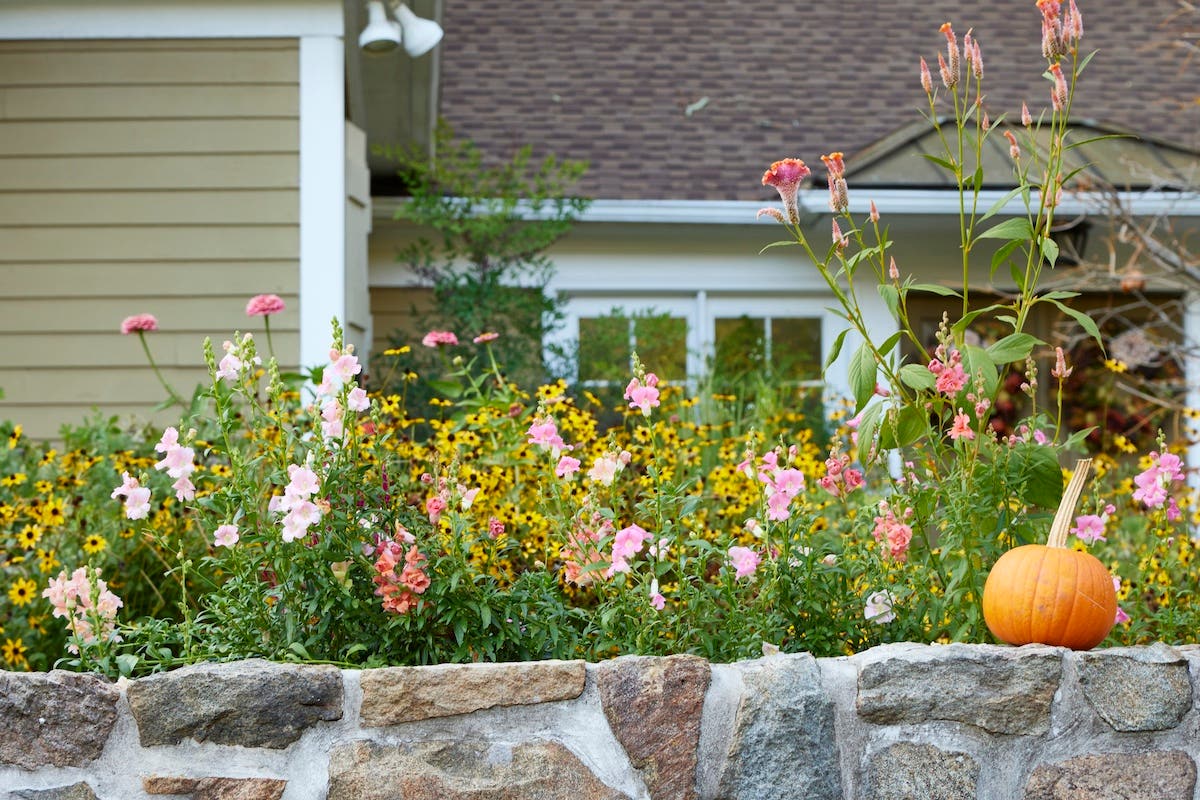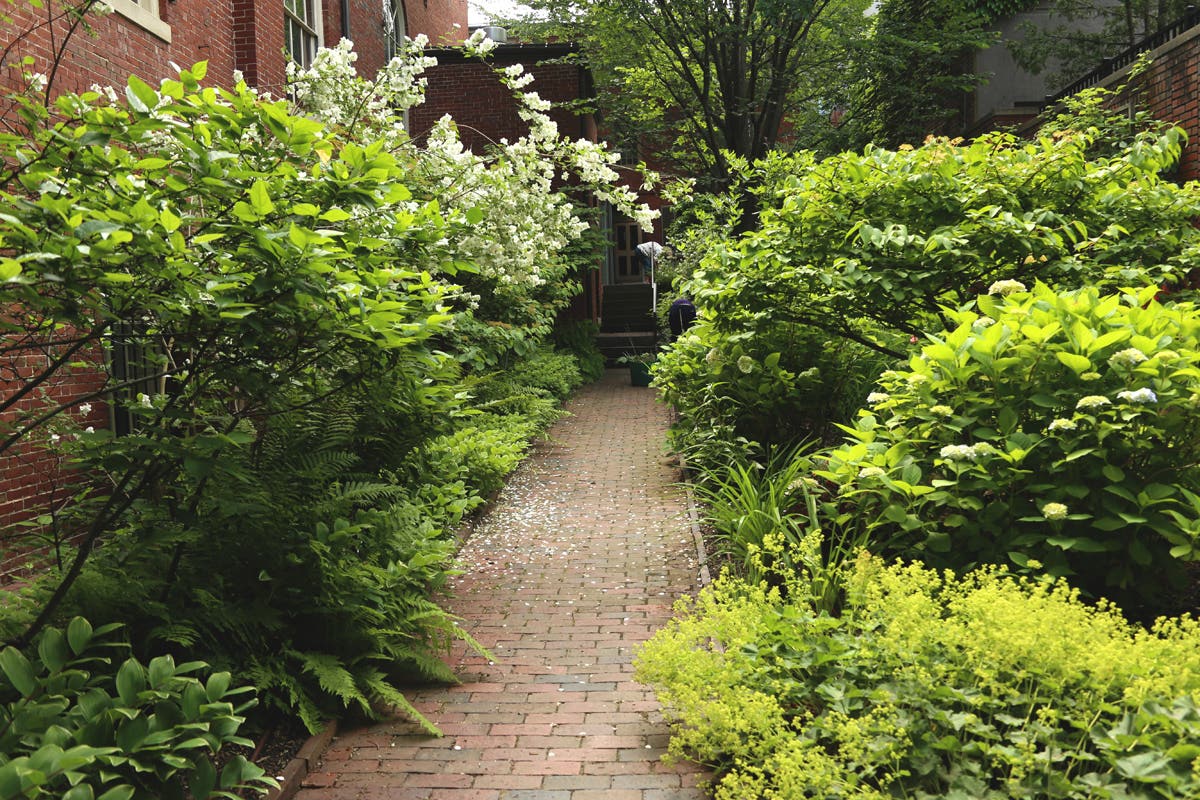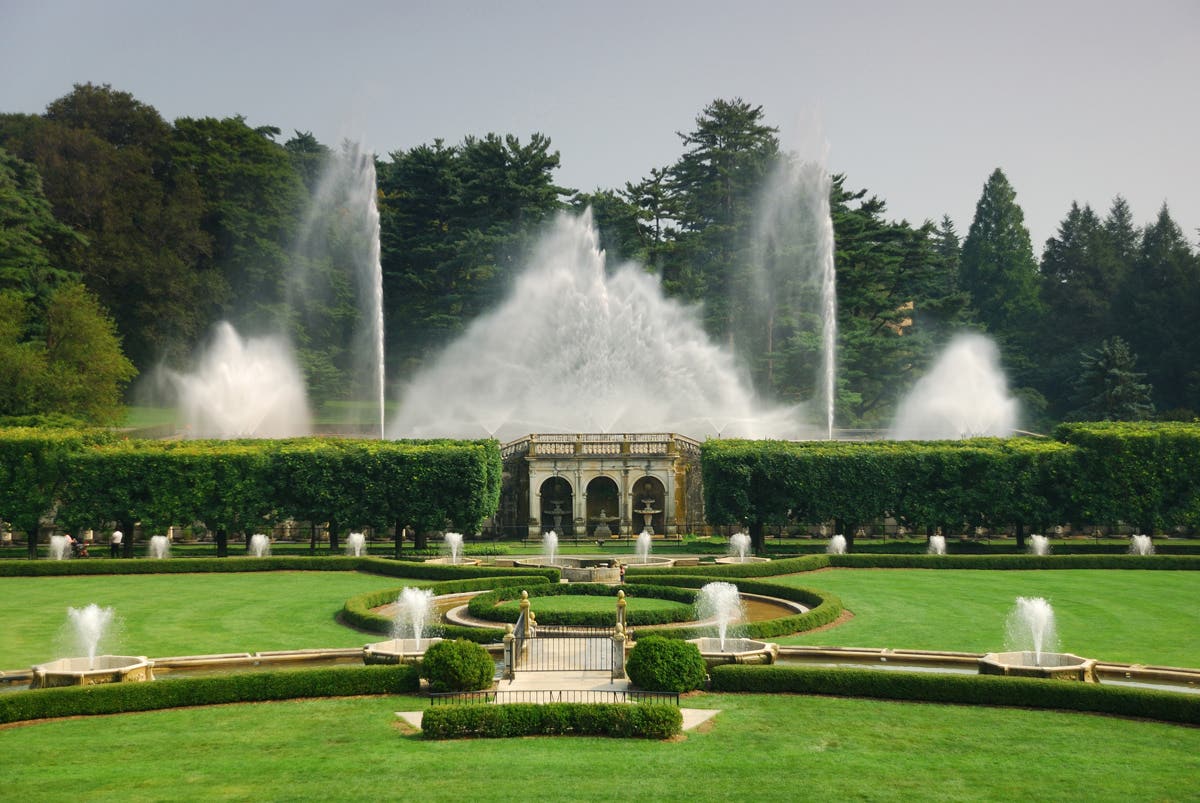Award for Garden Excellence
The Award for Garden Excellence, given yearly by the American Public Gardens Association (APGA) and sponsored by Horticulture, honors the public garden that best exemplifies the highest standards of horticultural practices and that has shown a commitment to supporting and demonstrating the best gardening techniques. The APGA and Horticulture are proud to honor the Chicago Botanic Garden, in Glencoe, Illinois, as the winner of the 2006 award. . . .
OLBRICH BOTANICAL GARDENS
The Award for Garden Excellence, given yearly by the American Association of Botanical Gardens and Arboreta (AABGA) and sponsored by Horticulture, honors the public garden that best exemplifies the highest standards of horticultural practices and that has shown a commitment to supporting and demonstrating the best gardening techniques. The AABGA and Horticulture were proud to honor Olbrich Botanical Gardens in Madison, Wisconsin, winner of the 2005 award. Olbrich was recognized for its hor-ticulturally outstanding displays, its regionally inspired gardens, its environmentally friendly gardening practices, and its commitment to teaching and encouraging home gardeners and students at all levels. Congratulations to JejfEpping, the gardens' horticulture director, and the entire Olbrich team. –Eds.
JEFF EPPING
ERIN KAPPELER
The design of the gardens at Olbrich revolves around two concerns. First is the need to enjoy the garden year-round, since in Wisconsin the gardening season and dormant season are of relatively equal length. The second is the need to gar den sustainably. Olbrich's goal is to address these two concerns together, celebrating the beauty of each season in the Midwest and showing how gardens can be environmentally friendly as well as beautiful.
Olbrich is made up of 13 themed display gardens, which include the winding, free-flowing ornamental grass beds in the Perennial Garden, the lotus displays of the Thai pavilion and garden, and the intermingled herbaceous and rose plantings of the new Rose gardens use the most adaptable plants for south-central Wisconsin. Plants are selected for aesthetic qualities, vigor, hardiness, and insect and disease resistance. Equally–if not more–importantly, plants are carefully sited according to their cultural needs and growth characteristics, so that they are predisposed to flourish in the garden.
Plan a Visit
Olbrich Botanical Gardens 3330 Atwood Avenue Madison, Wl 53704 608-246-4550 www.olbrich.org
The beautiful Prairie Style of architecture and landscaping made popular by famed architect Frank Lloyd Wright helps to create a unified landscape and to give Olbrich a true sense of place. Olbrichs visitor center, conservatory, and the majority of its hardscaping incorporate the ideals of Prairie Style building, using native limestone and creative planning to Garden. The gardeners at Olbrich believe that it is important to teach give the gardens an organic Midwestern feel. Olbrich is a truly unique visitors sustainable garden design by example, and so all of Olbrichs botanical garden, worthy of a visit at any time of the year. H
QUICK QUESTION: What is Prairie Style?
PRAIRIE STYLE architecture and landscaping arose from the ideas of the architects Louis Sullivan and Frank Lloyd Wright. Sullivan and Wright disliked Victorian interiors, which they thought were closed and claustrophobic. They began designing houses with low horizontal lines and open interior spaces that would blend in with the flat prairie landscapes of the Midwest, where Sullivan and Wright were based. Details like glass-paneled walls and open floor plans help to open Prairie Style buildings up to the natural world surrounding them.
Qlbrich's new Rose Garden, opened in June of 2005, is a testament to Olbrich's commitment to sustainable regional gardening. Though the garden contains formal, high-maintenance garden roses-hybrid teas. grandifloras, and floribundas-they are confined to two small central beds to reduce the use of water and pesticides. The Rose Garden is instead focused on shrub roses, which are environmentally Friendly and can be grown sustainably in the upper Midwest, This progressive Rose Garden is thus an excellent leaching tool, showing Midwesterners how to have a beautiful rose Garden without wasting and drenching their soil in pesticides To further instill a sense of place in the Rose Garden, Olbrich has incorporated Prairie Style architecture and native materials, such as limestone, to make a truly Midwesten garden.
Only at Olbrich
Thanks to a connection between the Thai chapter of the University of Wisconsin Alumni Association and the government of Thailand, Olbrich is home to a magnificent Thai pavilion, known as a sala. Salas often appear at religious sites in Thailand but are more S often used for quiet reflection, picnics, weddings, and other celebrations. Olbrich's sala is the fourth authentically designed and crafted Thai pavilion to be built outside of Thai-land, and the only sala on foreign soil that is surrounded by a garden. Donated to the University of Wisconsin, and in turn to Olbrich, by the king of Thailand, the sala was constructed over six weeks by artisans from Thailand. They used traditional construction methods-meaning no nails, screws, or metal fasteners went into the pavilion.
The surrounding Thai garden is a unique feat of imaginative regional planting. Made up entirely of exotic-looking yet winter-hardy plants, the garden succeeds in bringing a tropical touch to the upper Midwest. Olbrich's director of horti culture, Jeff Epping, explains, “we select plants that grow well in our climate, yet mimic the form and texture of subtropical plants common to Thai gardens.” Reflecting pools and Thai clipped tree art known as mai dat complete the transformation of the Heartland into Thailand. The pavilion is open 8 a.m to 8 p.m., April through September.


